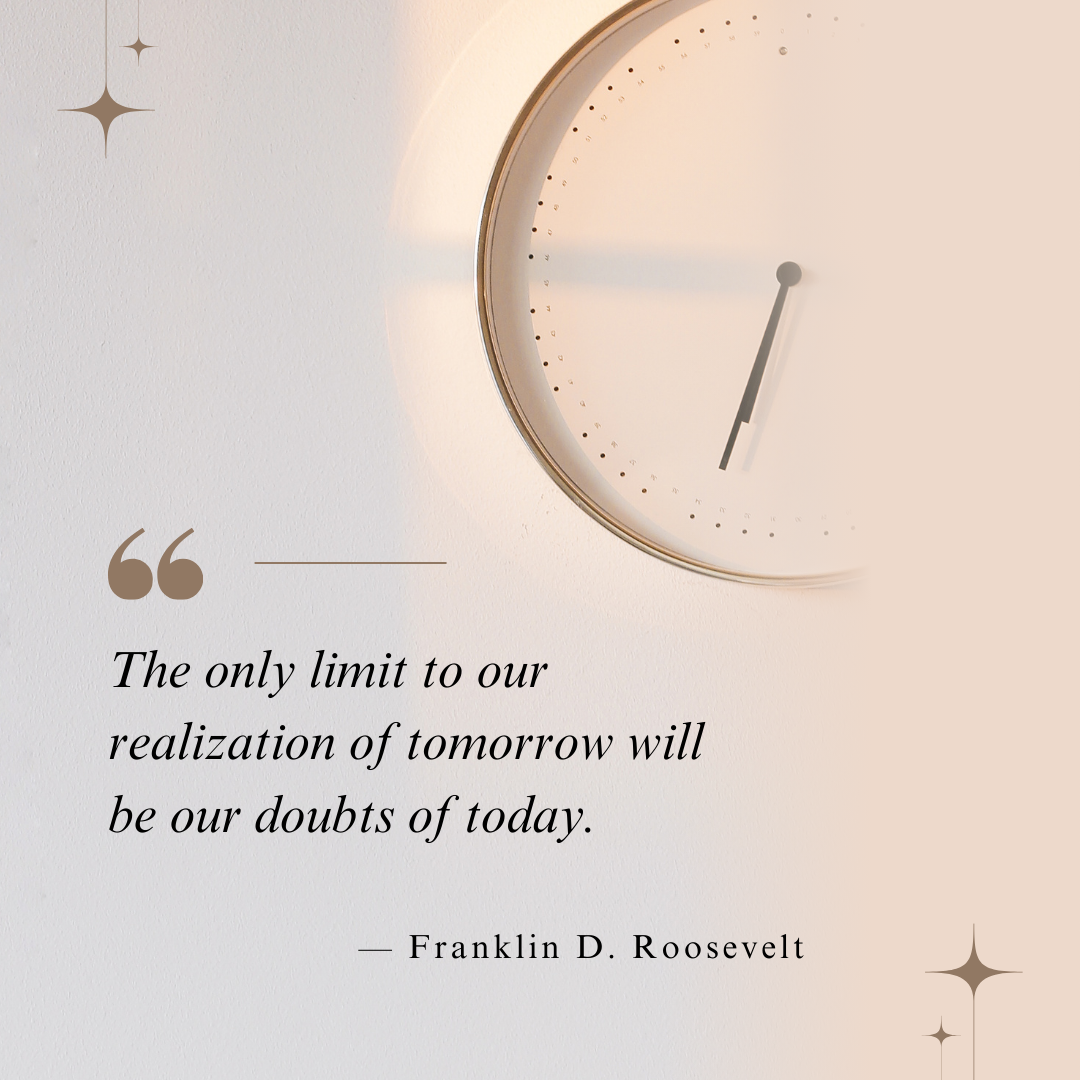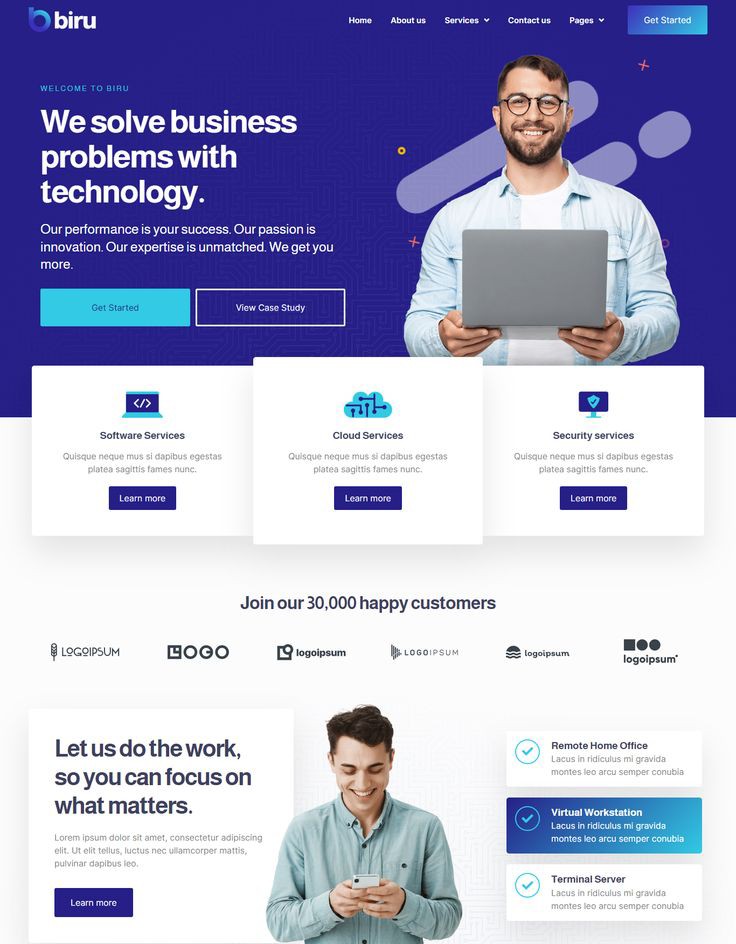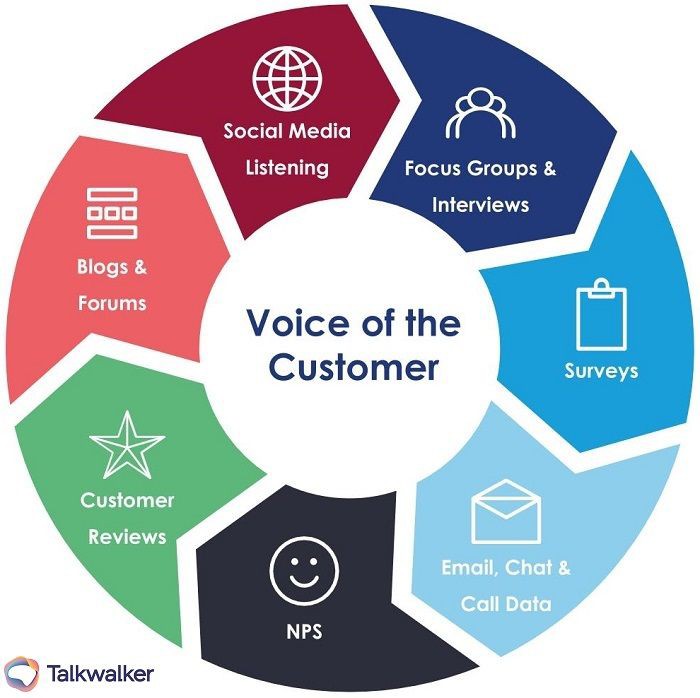
In today’s rapidly evolving digital landscape, branding is no longer just about logos, colour schemes, and catchy slogans. The future of branding is being shaped by artificial intelligence (AI) and cutting-edge technology, transforming the way brands are built, perceived, and experienced. As a small business owner, understanding these changes can give you a competitive edge, allowing you to leverage new tools to create a powerful and future-proof brand identity.
In this blog, I’ll take you on a journey through how AI and innovation are redefining branding and what it means for the future of your business.
The Role of AI in Modern Branding
AI is no longer a futuristic concept—it’s here, and it’s already revolutionizing the way brands interact with customers, make decisions, and evolve. From personalized marketing to data-driven insights, AI is at the heart of this transformation.
1. Personalized Customer Experiences
One of the most significant impacts of AI on branding is the ability to create highly personalized customer experiences. AI algorithms analyse vast amounts of data to understand individual preferences, behaviours, and needs, allowing brands to tailor their messaging and offerings to each customer.
- Why it matters: Personalization leads to more meaningful interactions with customers, increasing engagement and loyalty.
- Example: AI-powered recommendation engines, like those used by Netflix and Amazon, suggest products or content based on individual user preferences, creating a personalized experience that feels intuitive and relevant.
2. Dynamic Content Creation
AI is also changing how content is created and distributed. AI-driven tools can generate content—whether it’s social media posts, blog articles, or even video scripts—based on data insights, trends, and audience preferences.
- Why it matters: AI-generated content allows brands to maintain a consistent presence across platforms while ensuring the content is relevant and engaging.
- Example: Tools like Copy.ai or Jarvis can generate copy for ads, blogs, and social media posts, saving time and ensuring the content resonates with the target audience.
3. Enhanced Brand Interaction with AI Chatbots
AI chatbots are becoming an integral part of customer service, providing instant, 24/7 support. But beyond customer service, these chatbots are now being used to reinforce brand identity by communicating in a tone and style that reflects the brand’s voice.
- Why it matters: Chatbots not only improve customer satisfaction by providing instant responses but also help maintain a consistent brand voice across all customer interactions.
- Example: Brands like Sephora and H&M use AI chatbots on their websites and social media platforms to assist customers while subtly reinforcing their brand identity.
Cutting-Edge Technologies Reshaping Branding
Beyond AI, other innovative technologies are also transforming how brands are built and perceived. These technologies are opening up new possibilities for creativity, interaction, and brand expression.
1. Augmented Reality (AR) and Virtual Reality (VR)
AR and VR are redefining the way customers experience brands. These immersive technologies allow customers to interact with products and services in a virtual environment, making the brand experience more engaging and memorable.
- Why it matters: AR and VR offer unique opportunities for brands to stand out by providing immersive experiences that traditional media cannot match.
- Example: IKEA’s AR app allows users to visualize how furniture will look in their home before purchasing, enhancing the shopping experience and aligning with the brand’s focus on practical, stylish home solutions.
2. Blockchain for Transparency and Trust
Blockchain technology is gaining traction as a tool for enhancing brand transparency and trust. By using blockchain, brands can provide verifiable information about product origins, authenticity, and ethical practices, which is increasingly important to today’s consumers.
- Why it matters: In an era where consumers are more conscious about the ethical and environmental impact of their purchases, blockchain can help build trust and differentiate brands that prioritize transparency.
- Example: Brands like Ever ledger use blockchain to trace the origins of diamonds, ensuring that they are ethically sourced and conflict-free, which bolsters brand credibility.
3. Voice Search and Smart Assistants
With the rise of voice-activated devices like Amazon’s Alexa and Google Home, voice search is becoming a significant factor in branding. Brands need to optimize their content for voice search to remain relevant and accessible to customers who use these devices.
- Why it matters: Voice search is changing how consumers find information, making it crucial for brands to adapt their SEO strategies and content to this new medium.
- Example: Domino’s allows customers to order pizza through voice commands via Amazon Alexa, integrating the brand seamlessly into the daily lives of its customers.
The Future of Brand Perception
As AI and innovative technologies continue to evolve, they will not only change how brands operate but also how they are perceived by consumers. The future of brand perception will be increasingly shaped by data-driven insights, hyper-personalization, and immersive experiences.
1. Data-Driven Branding
Data is becoming the backbone of modern branding. Brands are now able to collect and analyse massive amounts of data to understand their customers better, predict trends, and tailor their branding strategies accordingly.
- Why it matters: Brands that harness data effectively can create more precise and impactful branding strategies, ensuring they meet customer needs and stay ahead of the competition.
- Example: Spotify uses data to personalize playlists and recommendations, creating a unique listening experience for each user that aligns with their personal tastes.
2. Hyper-Personalization
As AI continues to advance, the level of personalization will become even more sophisticated. Brands will be able to deliver hyper-personalized experiences that go beyond simple recommendations, creating tailored interactions at every touchpoint.
- Why it matters: Hyper-personalization will allow brands to forge deeper connections with customers, making them feel valued and understood on an individual level.
- Example: Starbucks uses AI to personalize marketing messages and offers based on individual customer preferences, buying behaviour, and location, driving customer loyalty.
3. Immersive Brand Experiences
The future of branding will be about creating experiences, not just messages. Immersive technologies like AR, VR, and the metaverse will allow brands to create interactive and engaging experiences that transcend traditional marketing.
- Why it matters: Immersive experiences will help brands stand out in a crowded market, offering customers a new way to engage with products and services.
- Example: Brands are starting to explore the metaverse as a new platform for immersive brand experiences, from virtual stores to interactive brand environments that customers can explore.
Conclusion: Embracing the Future of Branding
The future of branding is being shaped by AI and cutting-edge technology, creating new opportunities for brands to connect with their audience in innovative and meaningful ways. As these technologies continue to evolve, they will redefine how brands are built, perceived, and experienced, making it essential for businesses to stay ahead of the curve.
For small business owners, this means embracing AI and innovation to create a brand that is not only relevant today but also ready for the future. By leveraging personalized experiences, dynamic content, immersive technologies, and data-driven insights, you can build a digital identity that resonates with customers and drives long-term success.
So, are you ready to embrace the future of branding? The tools are at your fingertips—now is the time to start shaping your brand’s digital identity for the years to come.







